The best science images of 2023 – Nature’s picks
Cosmic dust, microscopic syrup, a flying gecko and more.
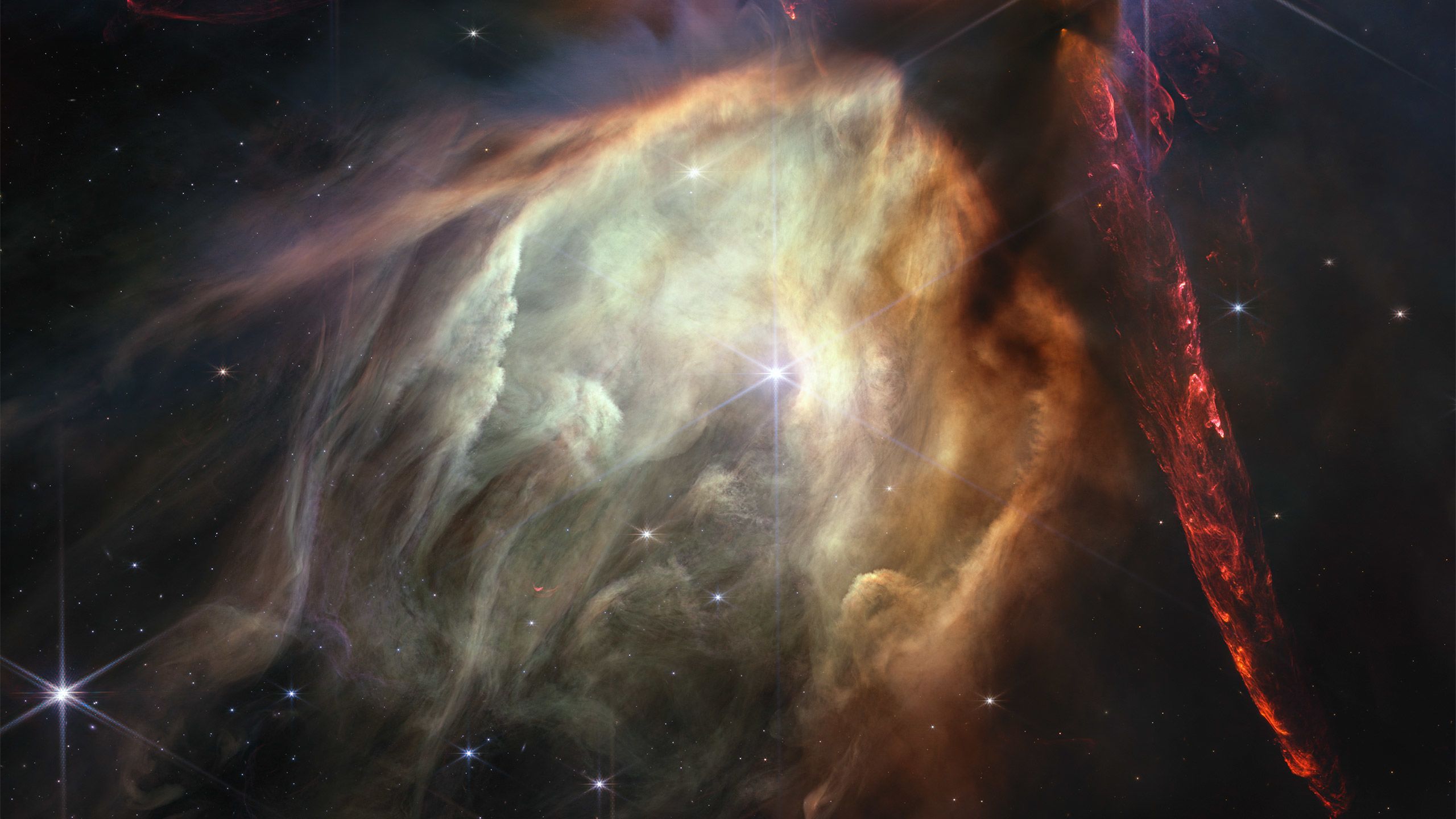
Images selected by Nature’s visuals team, text by Emma Stoye, Nisha Gaind, Katharine Sanderson and Carissa Wong
NASA’s James Webb Space Telescope continued to dazzle in 2023, with some of the most spectacular images of space ever seen. Closer to home, photographers and researchers captured unknown species and hidden microscopic scenes. From cosmic dust to flying geckos, here are the images that caught the eyes of Nature’s editors.
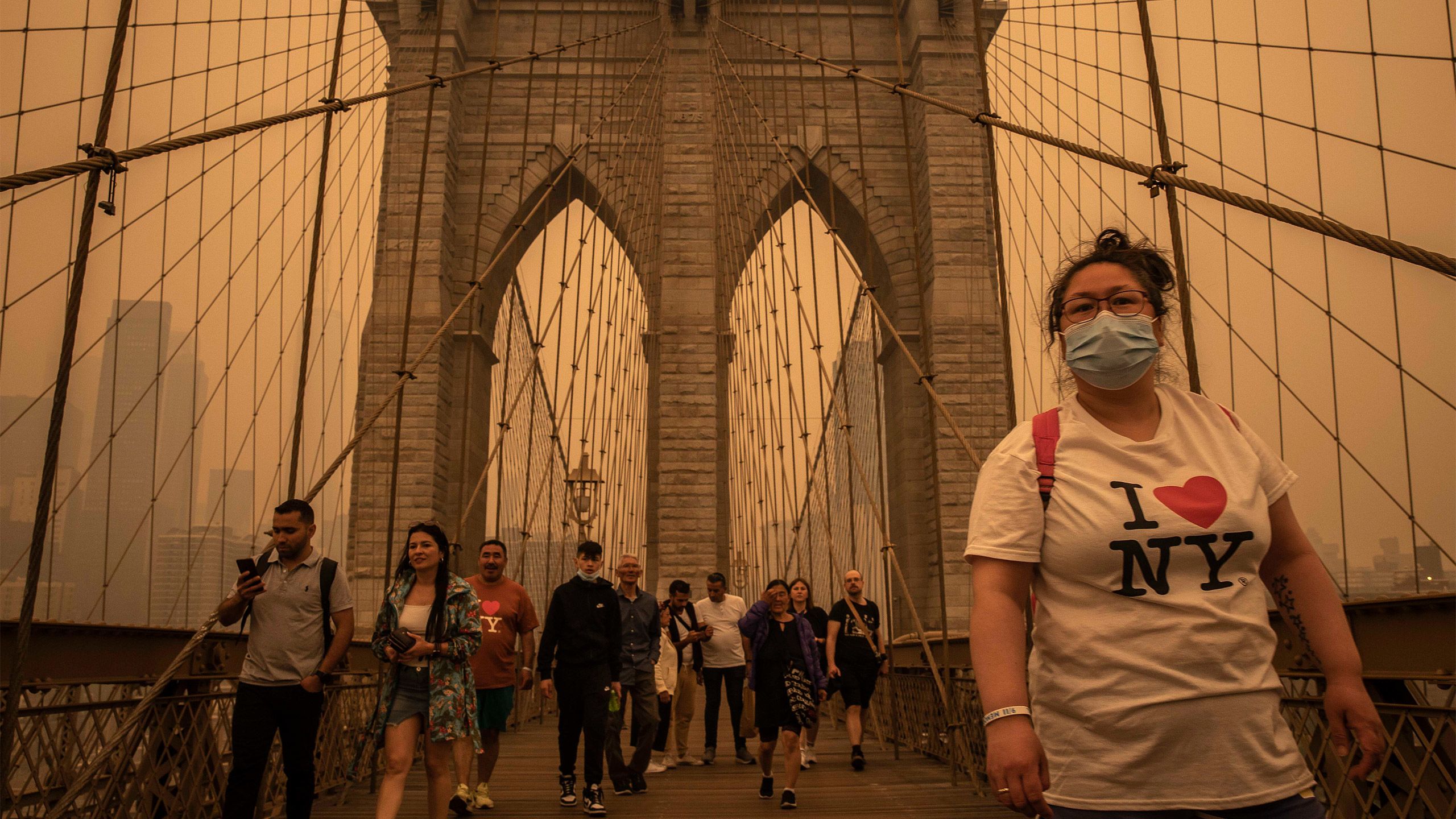
Credit: Dave Sanders/New York Times/Redux/eyevine
Credit: Dave Sanders/New York Times/Redux/eyevine
Orange apocalypse. In June, the northeastern United States was choked by smoke blown down from Canada’s extreme wildfires, which turned the sky a disturbing orange, seen here at New York City’s Brooklyn Bridge. Scientists say that climate change is driving increasingly hot, dry and windy weather.
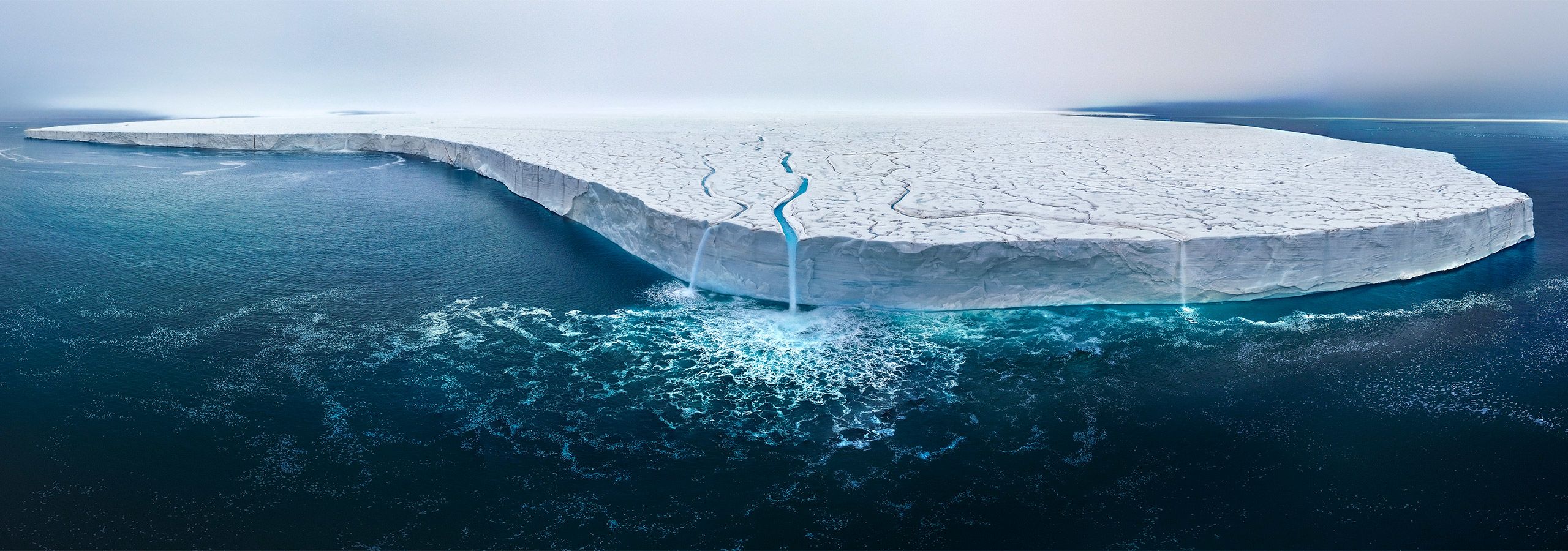
Credit: Thomas Vijayan
Credit: Thomas Vijayan
Melt warning. This shot of melt water pouring through the Austfonna ice cap on the Arctic island of Nordaustlandet, Norway, won the Nature category in the 2023 Drone Photo Awards. “I have visited this place several times before, but last year it was disheartening to witness the sea ice melting as early as June,” said photographer Thomas Vijayan.
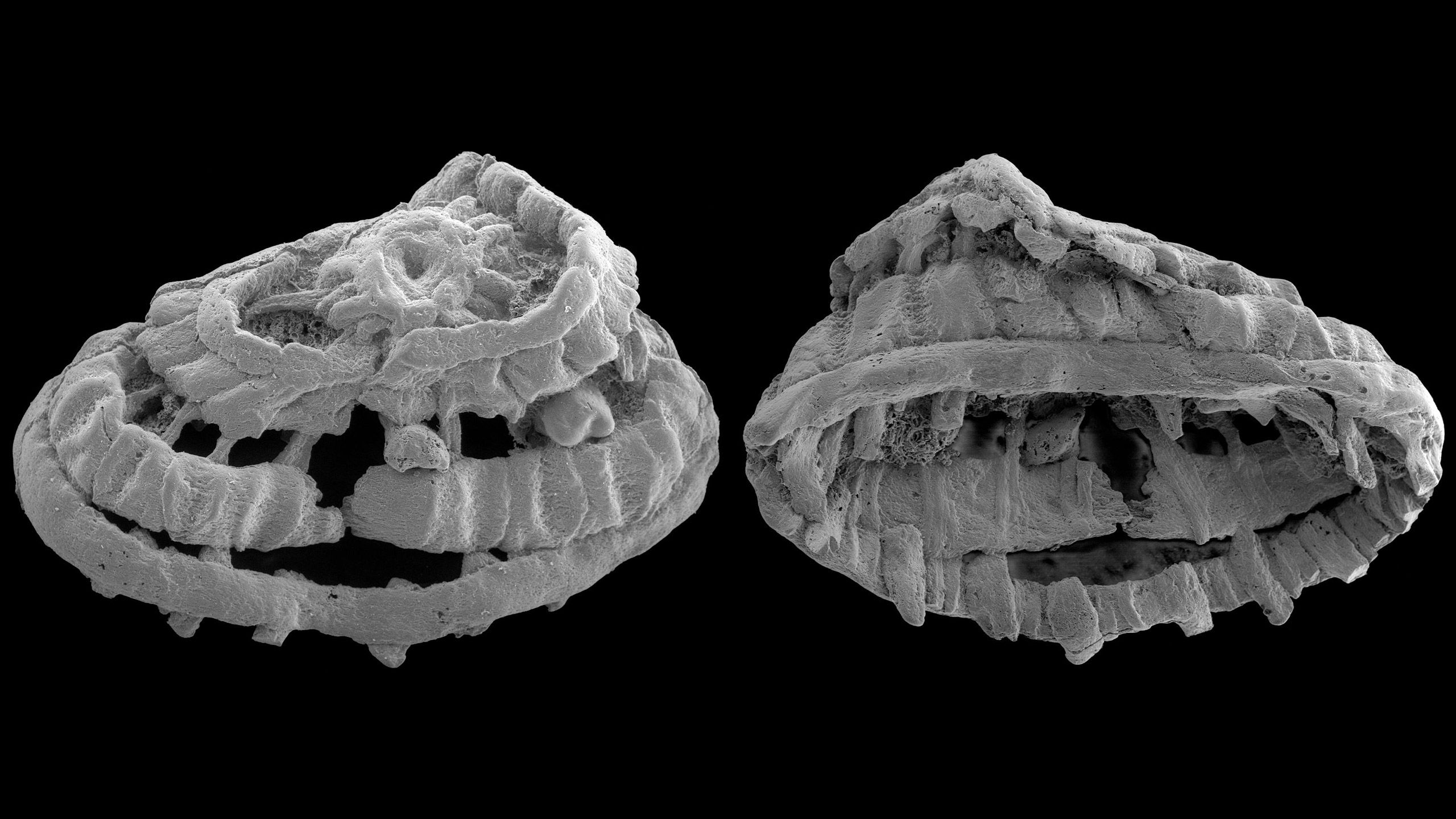
Credit: Xinhua/Shutterstock
Credit: Xinhua/Shutterstock
Ancient flex. This microfossil — about 2 millimetres across — shows a rare example of preserved muscle structures in early animals. The specimen is about 535 million years old and belongs to the cycloneuralia, the group of animals that includes roundworms. They were found in China’s Shaanxi province. The muscles would have assisted movement and feeding, say palaeontologists.
Sun serpent. This huge, snake-like solar filament was captured by astrophotographer Eduardo Schaberger Poupeau, and won the Our Sun category of the 2023 Astronomy Photographer of the Year competition. Filaments are made of plasma that sticks out from the Sun’s surface, shaped by magnetic fields.

Seed spreader. Drosophila fruit flies have some of nature’s longest sperm at 2 millimetres. This image of fly sperm growing in the testis was a winner in the 2023 MIT Koch Institute Image Awards. Each mature sperm (blue) starts as a stem cell (top) then elongates. Cell nuclei are white. Magenta and yellow show expression of RNA essential for sperm development.

Space Monet. This awe-inspiring image by the James Webb Space Telescope shows stars forming in the Rho Ophiuchi cloud complex, the closest place to Earth where stars are being born. Its ethereal texture evokes that of impressionist paintings. Jets of hydrogen gas (red) spurt from young stars, illuminating the interstellar gas. The glowing ‘cave’ below is formed by stellar winds blowing out of a young star.

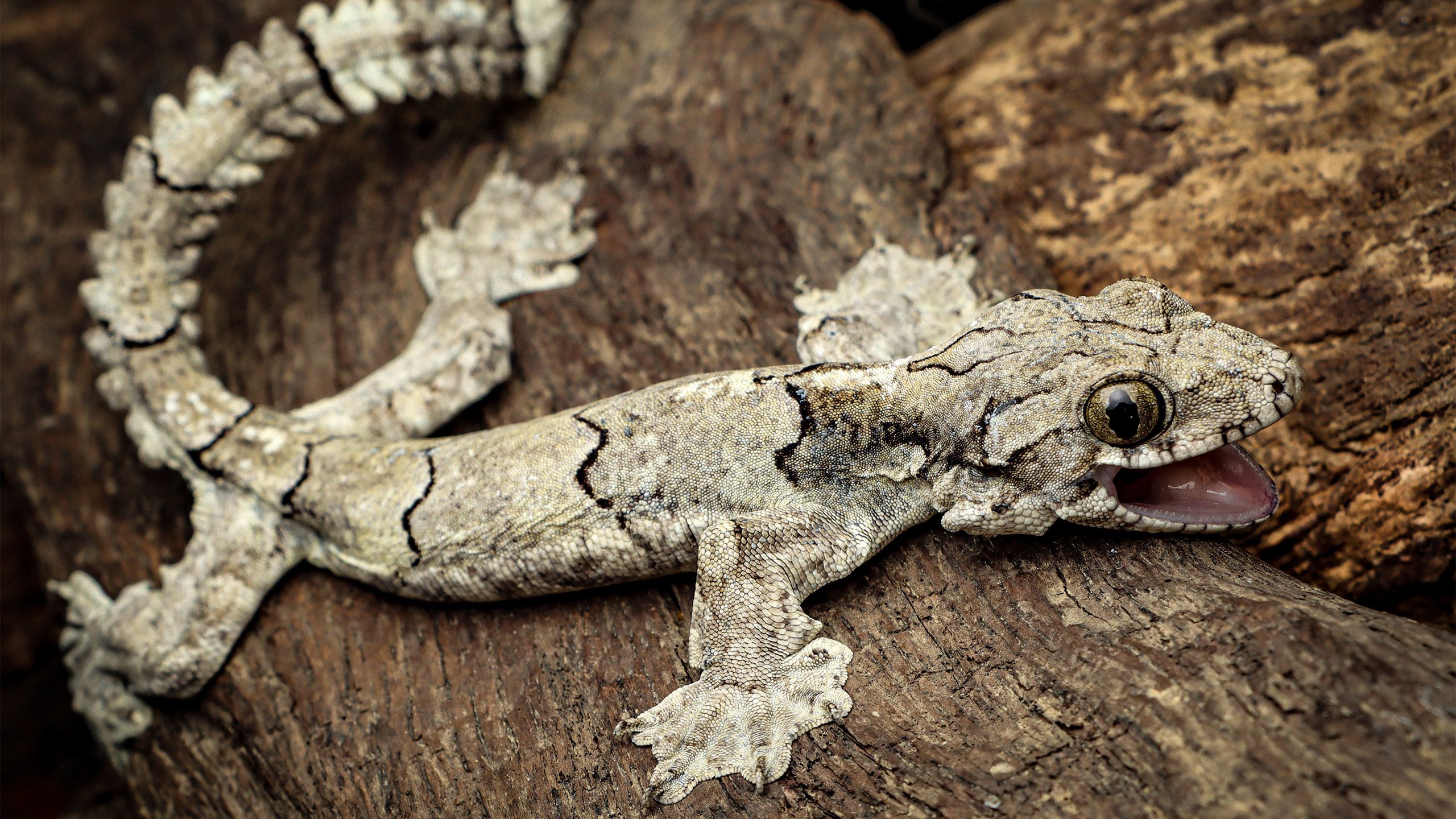
Credit: Lal Muansanga
Credit: Lal Muansanga
Hello, gecko! This year, scientists discovered a new species of flying gecko, Gekko mizoramensis. The lizards live in Mizoram state in northeast India. They use the wing-like flaps of skin on their legs and feet to glide through the forest, from tree to tree. The find shows how little is known about plant life and animals in the area — there could be many more species unknown to science lurking there.
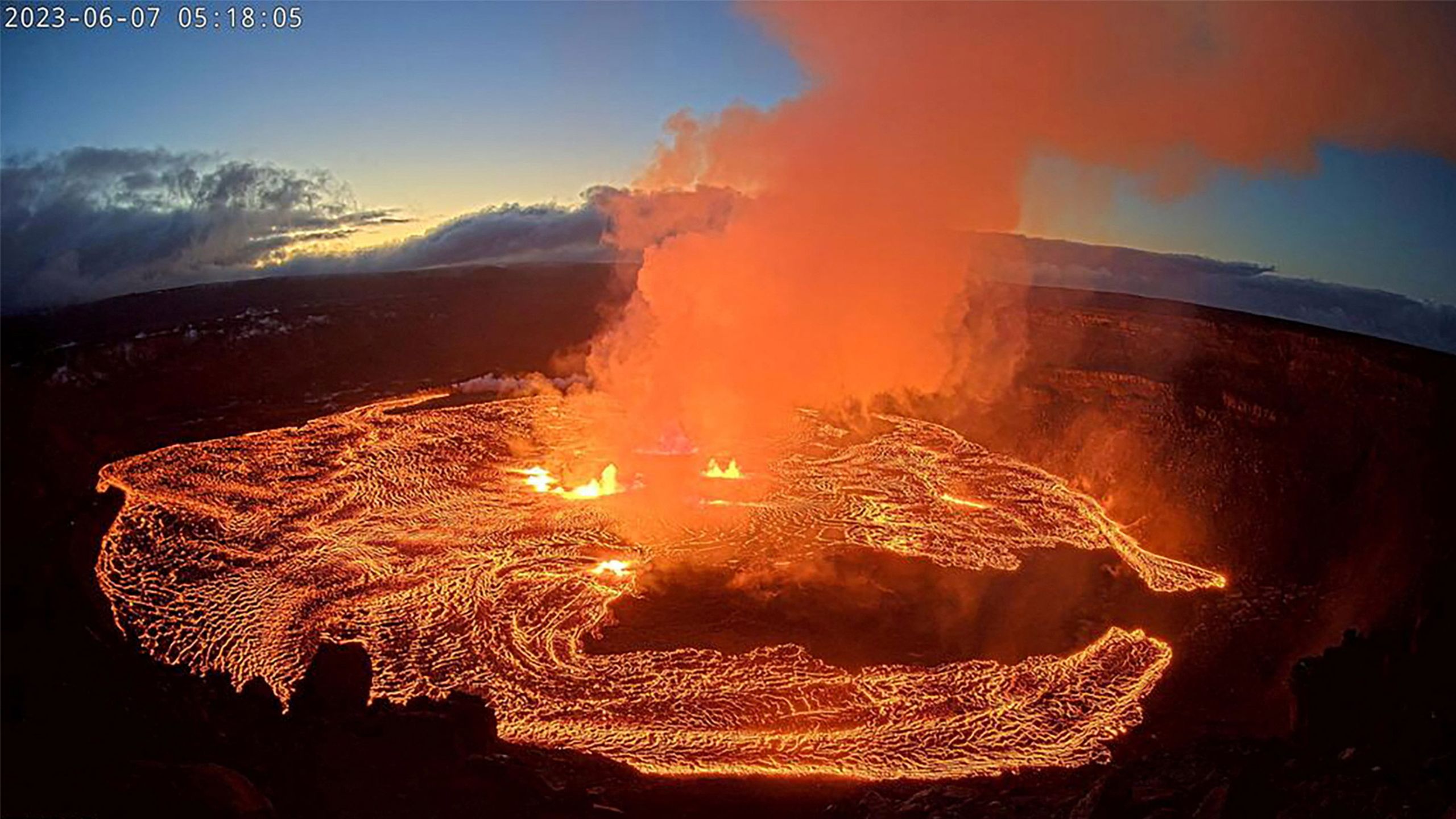
Credit: USGS/Handout via REUTERS
Credit: USGS/Handout via REUTERS
Lava monster. Hawaii’s most active volcano, Kīlauea, erupted in June, creating a pool of lava in the Halema’uma’u crater. The volcano is studded with cameras and instruments that measure ground deformation and seismic activity.
Yeast snowflake. This starry cluster of yeast cells is the result of experiments that probed the evolution of multicellular organisms. Researchers selected large cells that evolved to form branching clumps.


Swirling cyclones. During its 54th orbit of Jupiter, NASA’s Juno spacecraft captured close-up views of the storms that surround the planet’s north pole. Citizen scientist Brian Swift processed one image to produce this high-contrast version, which highlights the cyclones.

Stick drift. This enchanting paper nautilus octopus (Argonauta sp.) is hitching a ride on a stick in the dark of the Pacific Ocean off the Philippines. It is surrounded by sediment from a volcanic eruption that twinkles in the camera’s light.

Credit: Dr. Diego García/Courtesy of Nikon Small World
Credit: Dr. Diego García/Courtesy of Nikon Small World
Syrup’s sharp edges. Sugar syrup isn’t always oozy. Crystallized, seen under a polarized-light microscope and magnified 25 times, the substance’s spiky, layered structure is revealed. This counter-intuitive image was showcased in the 2023 Nikon Small World Photomicrography Competition.
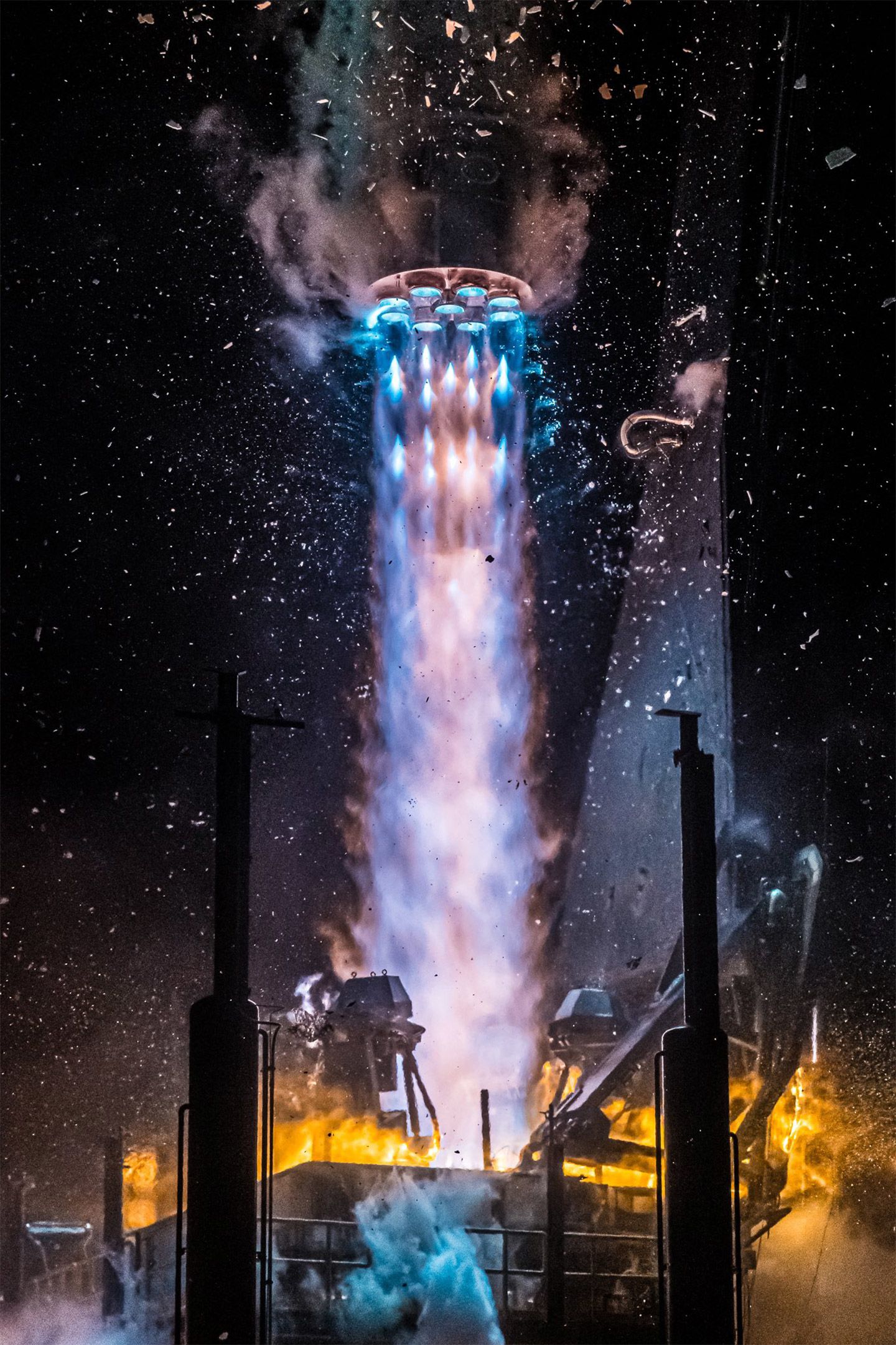
Credit: Relativity/John Kraus
Credit: Relativity/John Kraus
Print-a-rocket. The first launch of a rocket made from 3D-printed parts lit up the night sky above Florida in March. Terran 1 was built by aerospace company Relativity Space in Long Beach, California.
A PERSONAL VIEW OF THE NEWS
In compiling this year’s collection of striking science images, Nature’s media editors each identified a photograph that said something special to them. Here is their take on the past 12 months.
Uncharted waters. Agnese Abrusci (Media editor). This shot of a shipwreck stranded on Namibia’s treacherous Skeleton Coast is among the winners of the 2023 Astronomy Photographer of the Year competition. The vessel seems to ride the fog, lit by star trails shining through the cloudy sky. The photo conveys some of the unsettling feelings we have all experienced over the past year. Amid earthquakes, floods, war, widening inequalities and an escalating climate emergency, it is tempting to hide in a comforting emotional ‘fog’ away from the world. Whether we will rise from the haze, or sink into it, remains to be seen.
Sole survivor. Michael Szebor (Locum media editor). A lone house remains standing in Lahaina, Hawaii, surrounded by the charred remains of the rest of its neighbourhood. With its volcanic landscapes, Hawaii is no stranger to natural disasters, but wildfires on the island of Maui earlier this year took many people by surprise. This picture brings home the scale of the devastation in hard-hit urban areas. It is thought that recent renovations helped this house to survive, while others around it were burnt to the ground.
Junk food. Amelia Hennighausen (US media editor). As Earth’s natural resources dwindle, wild species must find new ways to survive. These elephants in Ampara, Sri Lanka, are forced to forage in rubbish dumps because so much of their habitat has been lost. They and other animals can become ill or die if they ingest too much plastic. The country has banned some single use plastics, but without enough natural habitat, human–elephant conflicts near wildlife reserves will continue.
Wildfire aftermath. Tom Houghton (Locum managing media editor). Photographer Alkis Konstantinidis captured this moment of compassion as wildfires swept through the Greek village of Hasia in August. Amid the haze and smoke of the raging blaze, two volunteers hand feed water to a sheep rescued from a burning farm. I was drawn to the painterly framing of this powerful shot.
Coral reflections. Jessica Hallett (Associate media editor). This stunning image of corals mirrored at low tide came third in the Conservation (Hope) category of this year’s Ocean Photographer of the Year competition. After researching many coral-bleaching images for stories this year, it was a breath of fresh air for me to see such a beautifully pristine reef photographed in such spectacular fashion. As a keen snorkeller and diver, I can appreciate the difficulty in keeping the water as still as possible to get the perfect reflection.